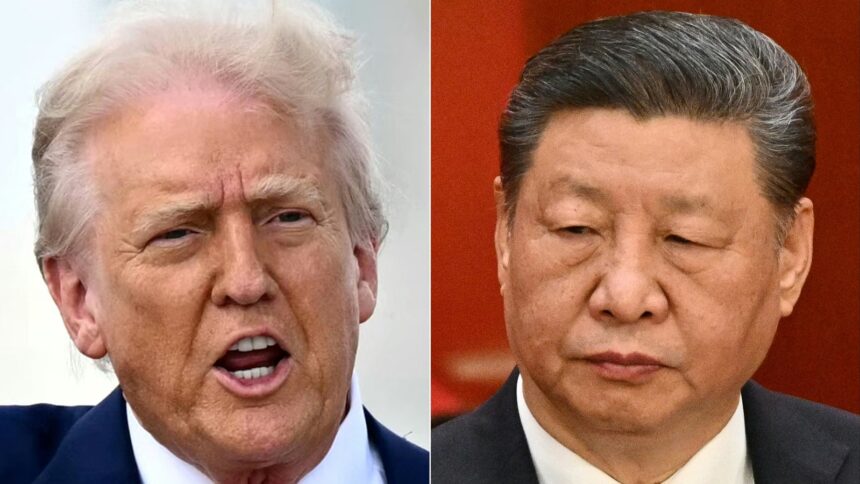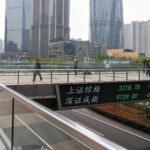In a significant move signaling a potential escalation in trade tensions, Donald Trump has announced an additional 100 percent tariff on Chinese exports bound for the United States, set to take effect on November 1. This bold declaration comes as the U.S. prepares for a scheduled summit with Chinese President Xi Jinping, which is set to occur alongside the Asia-Pacific Economic Cooperation (APEC) forum beginning on October 31 in South Korea.
The tariffs represent a new layer in the already complex and contentious trade relationship between the two nations. Trump stated that this action would build on existing tariffs, pushing the overall import tax on many Chinese goods up to a staggering 130 percent. This decision follows China’s recent expansion of export controls on rare earth elements—vital resources needed for technology manufacturing, which have become a focal point in the ongoing dispute.
The trade relationship had shown signs of thawing in May, when U.S. and Chinese officials reached an agreement to lower some tariffs. At that time, China reduced its tax on American exports from 125 percent to 10 percent, while the U.S. also decreased its tariffs from 145 percent to 30 percent. However, the recent developments indicate a swift shift back to escalating hostilities as Trump responded to China’s actions with threats of “massive” new tariffs.
The underlying tensions were intensified when China implemented controls on the export of critical minerals, leading President Trump to impose restrictions on the sale of American technologies to China. Notably, these restrictions included bans on certain critical technology products, such as a key Nvidia AI chip. Although some of these measures were later lifted, they underscored the fragile state of U.S.-China relations.
In addition to these tariffs, the Trump administration plans to enforce import controls on “any and all critical software,” a strategy clearly aimed at curbing the tech dominance that China has been developing. In response to these aggressive trade measures, China has implemented reciprocal actions, including new port fees on U.S.-owned or operated ships.
Another significant issue compounding the strain between the two nations is China’s suspension of U.S. soybean purchases. The moratorium on these agricultural products has negatively impacted American farmers, an area that President Trump had previously indicated he could potentially address with President Xi during their summit.
As both countries gear up for discussions amid this backdrop of heightened tensions, many are left wondering how the future of U.S.-China trade relations will unfold, especially in light of escalating tariffs and retaliatory measures.







